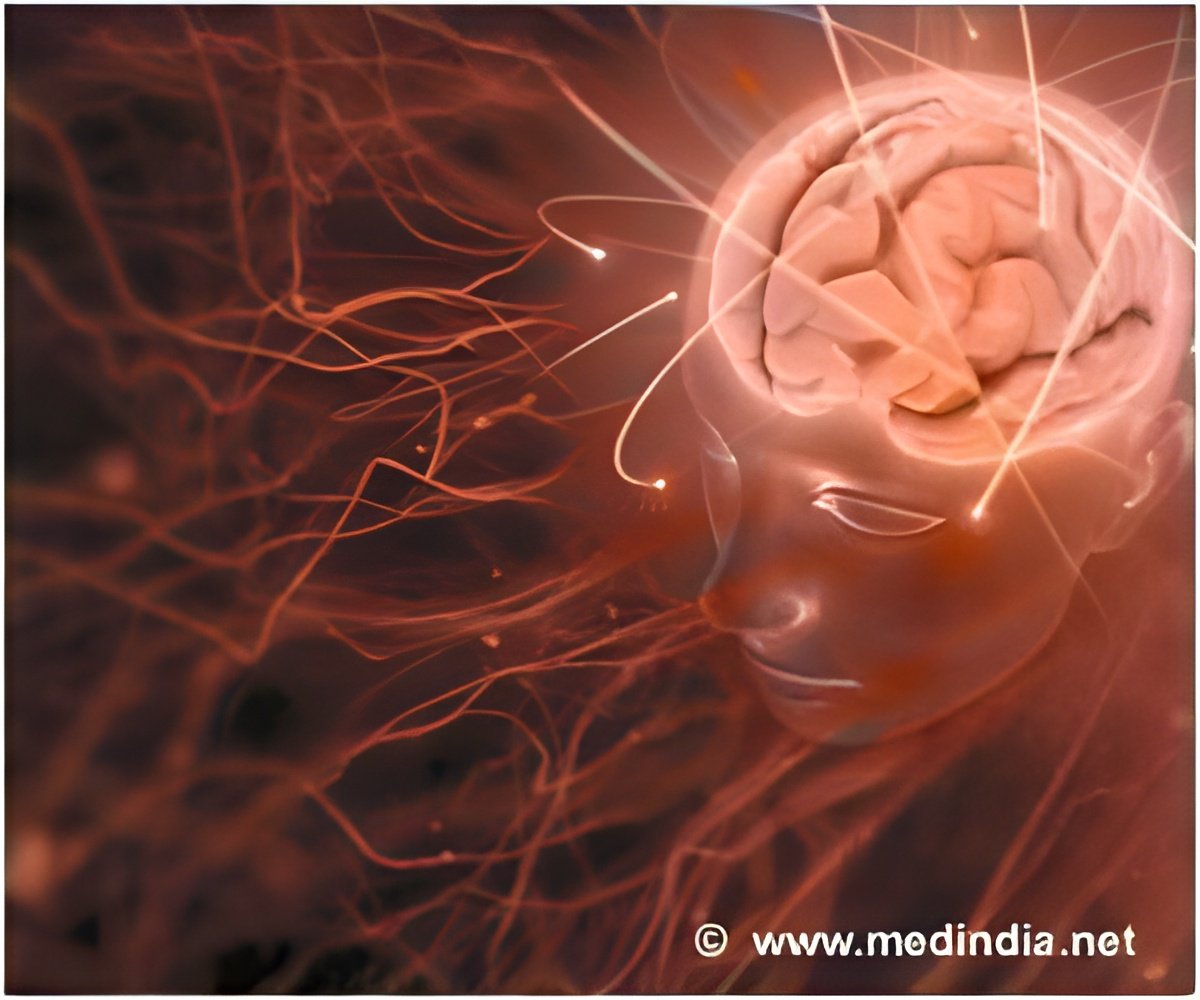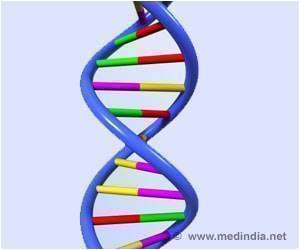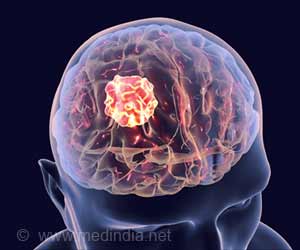After receiving injections of neural stem cells, two of the three patients with broken spines have recovered feeling in previously paralysed areas.

The patients also received a temporary course of immunosuppressive drugs to limit rejection of the cells.
None of the three felt any sensation below their nipples before the treatment. Six months after therapy, two of them had sensations of touch and heat between their chest and belly button. The third patient has not seen any change.
StemCells, the company in Newark, California, that developed the treatment also conducted the testing.
"The fact we've seen responses to light touch, heat and electrical impulses so far down in two of the patients is very unexpected," New Scientist quoted Stephen Huhn of StemCells.
"They're really close to normal in those areas now in their sensitivity," he added.
Advertisement
The data are preliminary, but "these sensory changes suggest that the cells may be positively impacting recovery", said Curt.
Advertisement
He pointed out several reasons why the stem cells improve sensitivity.
They might help to restore myelin insulation to damaged nerves, improving the communication of signals to and from the brain. Or they could be enhancing the function of existing nerves, replacing them entirely or reducing the inflammation that hampers repair, he said.
Curt presented the results in London at the annual meeting of the International Spinal Cord Society.
Source-ANI













